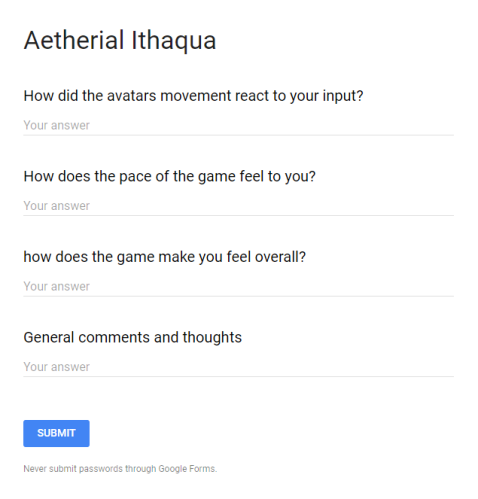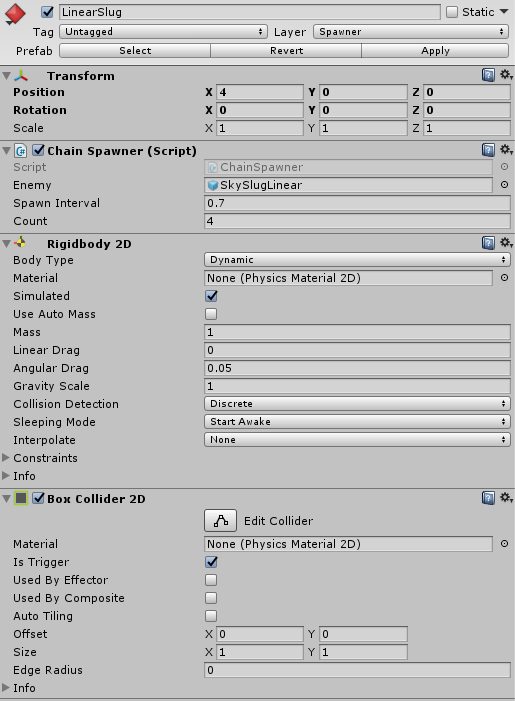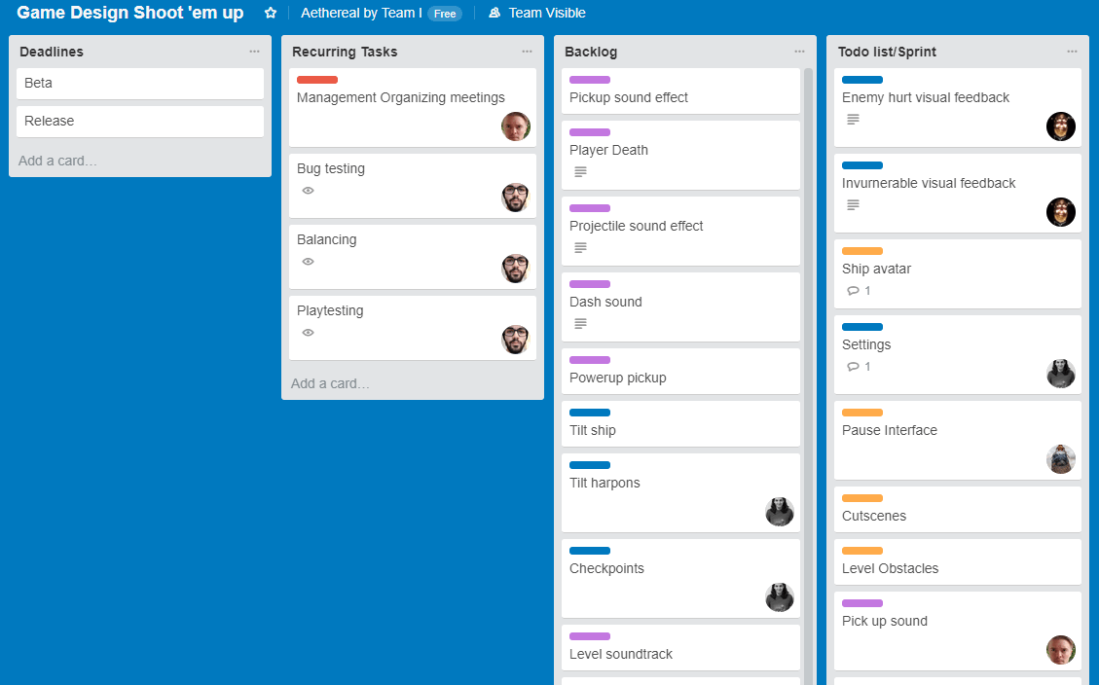When making a game, having playtests to provide feedback on your work is crucial. Usually, as a creator, you’re biased towards your own product and will fail to spot the flaws of it, having others spot them for you is important.
And this is exactly what happened during the playtest. We constructed questions where players could tell us how to improve on certain features. Either the ones we thought could be improved or how the core mechanics felt.

These were the questions we had for the playest
Why we had just these questions were because of one simple reason. The game was in alpha, we had no idea if anything we had to show during the playtest would remain the same, be changed or removed.
Because of this, we had to adjust the questions in such a way that it would still allow us to get feedback we could work with. Therefore we asked them how the avatar’s movement felt according to your input. Why this was a question was because the avatar’s movement was a core mechanic to the game.
It was a flying ship with a tilt mechanic and had to feel like one, if it did, we were on the right path. The second question was just to see if our most basic construction of a level had a decent pace to it. This was also to see if we should continue constructing levels at that pace or to change it in order to balance it.
The third question was because we wanted the player to feel overwhelmed by the game. To feel insignificant but then come out on top. Sure, we were in alpha and it’s quite hard to convey feelings without any sort of art, but if the gameplay could give a small bit of feeling of being overwhelmed, we would know that we got the core mechanics right.
We also had a small section where you could write down what you thought about the game, this one is however not less important than the others. Some people could potentially spot bugs or just give advice on certain art that would fit the game to convey our feeling.
The overall answers affected how we further developed our game. We found out that our way of constructing levels made the game too fast-paced. We had designed our first enemy avatar with the distinct features of looking like it’s capable of fast flight.
We decided we could keep it and have it further into the game instead of the start. So, this playtest affected our graphical artists more than the rest of us. With our game engine we had tools that could adjust the speed of the enemy but for the art, it would have to be redrawn by the artist.
It changed our development schedule a tiny bit, since we had to come up with alternate designs for our enemies, but in the end we still managed to complete all the tasks we had set up at the beginning.
All in all, the playtest was a great opportunity for us as a game developing group to get somewhat useful feedback to work it.







